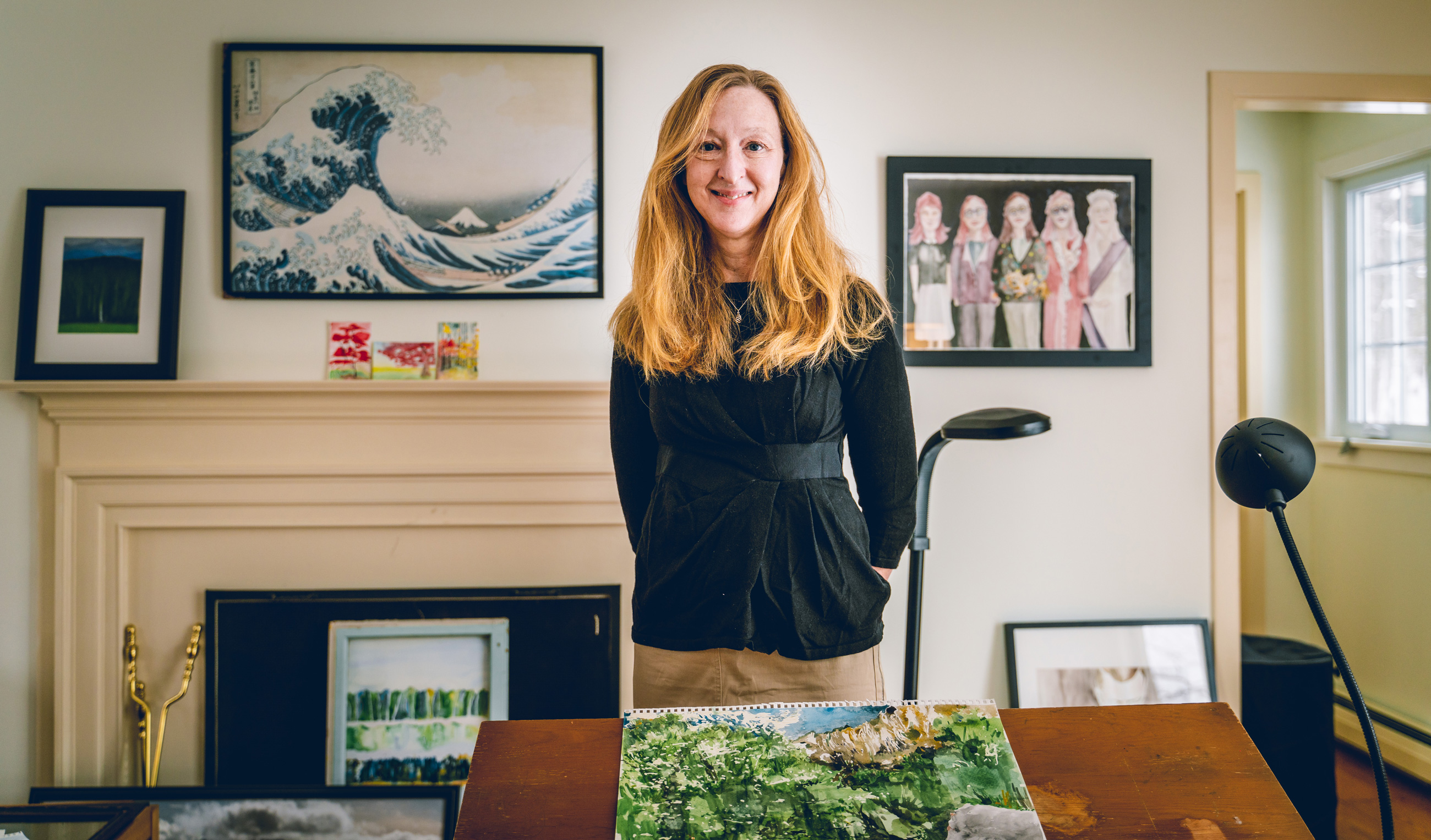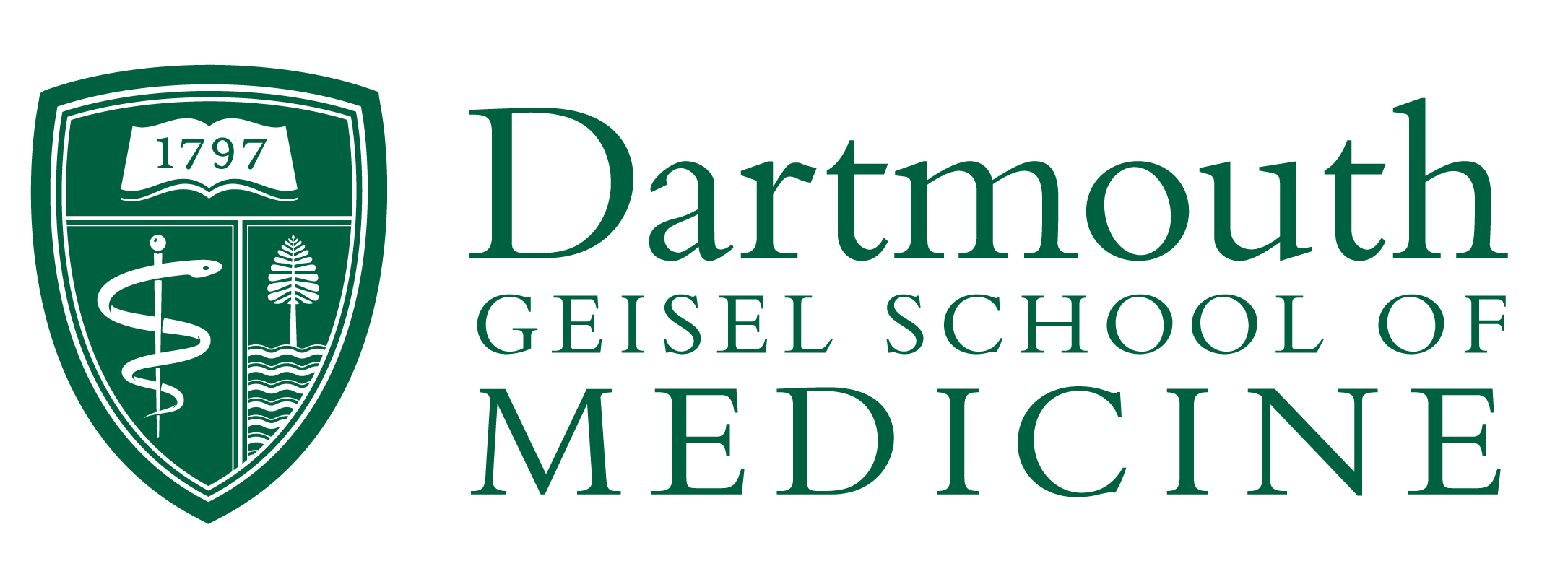
A lifelong artist, Lara Ronan lost touch with art during college and medical school.
Initially interested in graphic art, she was uninspired by the traditional academic teaching of art and she turned to medicine as a career. But the intensity of her neurology residency program revived her interest in making art as a counterbalance—she turned her attention to ceramics and collage making.
“Working in the ceramic studio was a way to escape the stresses of medicine and talk to people who weren’t at the hospital. I met a variety of people and was able to think and talk about things other than medicine,” she says.
By the time Ronan left residency and settled in the Upper Valley, she was back to drawing and experimenting with watercolors. Inspired by the beauty of her surroundings, her work reflected a world devoid of people. That changed when she hooked up with the Center for Cartoon Studies in White River Junction, VT. As an astute observer of human nature, comics touched a chord with Ronan, and she immersed herself in the medium.
People were back in the picture.
Graphic medicine, when comics and healthcare merge, has the power to become a balm for patients in uncertain situations and to help healthcare providers broach difficult conversations.
Ronan believes that this art form reflects what people experience in life writ large. “I think your humanity, whether you are a patient, doctor, or healthcare provider in any field is about helping people deal with those conversations,” she says. “Anything that helps with those stresses is good—these techniques really do help people.”
Partnering with the Center for Cartoon Studies, Ronan and Geisel colleagues have taught graphic medicine enrichment courses for first- and second-year students. She says comics are an effective way to tell a story or to make a point. “Cartoons are also a form of narrative medicine used to facilitate discussion and process all of the emotions and experiences students encounter in medical school.”
Cartooning removes the esoteric nature of fine art—people easily engage with it because it’s neither intellectual nor precious, but because it reflects the experiences and emotions of everyday life. Cartoonists quickly get to the core of daily experience, and one panel of a cartoon can speak to everybody, Ronan notes
“If you think about how people process and deal with the stress in their lives, efficiently communicating with them with one image on one piece of paper is incredible.”
Lara Ronan, MD, is an associate professor of neurology and of medicine at Geisel. She is an active participant in Dartmouth-Hitchcock’s Arts Program.




